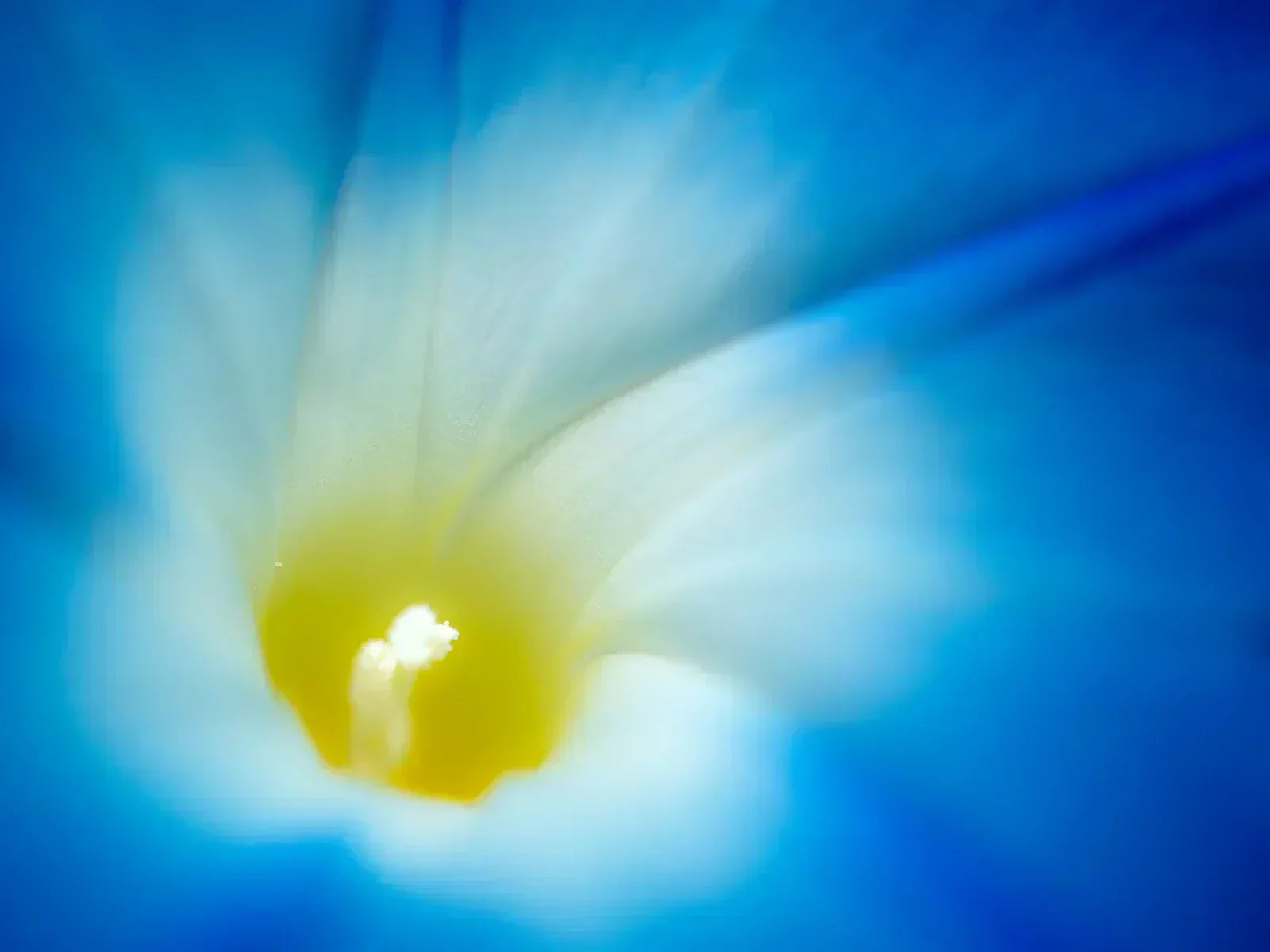10 Legal Psychedelic Plants to Grow in New Zealand
April 3, 2025 – Team MindFuel

10 Legal Psychedelic Plants to Grow in New Zealand
Psychoactive plants have been used for hundreds if not thousands of years by pretty much all cultures worldwide throughout history for spiritual exploration, healing, connecting with the ancestors and enhancing consciousness. Despite New Zealand’s severely outdated and excessively strict Misuse of Drugs Act (1975), there are still many legal entheogenic plants that can be cultivated, not only for their historical and cultural significance but also for their beauty and potential role in future research. Many of these plants feature stunning flowers, beautiful psychedelic-looking leaves, or other unique botanical features that make them valuable additions to any psychedelic garden and must haves for any backyard shaman or ethnobotanical collector. Here are 10 legal psychedelic plants you can grow 100% legally in New Zealand. Bought to you by Elevated Seeds and available from our online ethnobotanical seed bank, these exotic entheogenic seeds are supplied strictly for cultivation purposes, not for human or animal consumption. Please be aware that while each of these species are 100% legal to cultivate in New Zealand, some species may be poisonous, dangerous or illegal to actually consume. Please cultivate these teacher plants with the respect they deserve so that they remain legal for future generations to grow and to learn from.
1. Salvia divinorum (Live Pre-Rooted Clones Only)
Plant Description: A striking perennial with large, velvety green leaves and square stems. It produces delicate white and purple flowers when mature.
Historical Use: Used by the Mazatec people of Mexico for shamanic visions and spiritual healing. It was traditionally consumed as a tea or chewed fresh as a quid.
Cultivation: Thrives in partial shade with high humidity. Prefers well-draining soil and regular watering. We offer live pre-rooted clones, as Salvia divinorum seeds are rare and poorly viable.
2. Coleus blumei (Seeds Returning Soon)
Plant Description: Known for its vividly colored, psychedelic-looking leaves in shades of purple, red, and green.
Historical Use: Used by indigenous people of South America for mild psychedelic effects, though modern experiences vary. Some shamans have reportedly used it similarly to Salvia divinorum. Claimed to be an effective dream herb.
Cultivation: Easy to grow from seed, prefers warm temperatures and indirect sunlight. Regular pruning encourages bushier growth.
3. Morning Glory (Ipomoea tricolor ‘Heavenly Blue’) (Seeds Returning Soon)
Plant Description: Produces stunning, psychedelic looking, trumpet-shaped blue flowers that open in the morning, with heart-shaped green leaves.
Historical Use: The Aztecs revered Morning Glory seeds, of which some varieties may contain trace amounts of LSA related compounds, substances with similarities to LSD. They used the plant in divination and healing ceremonies.
Cultivation: Full sun, well-draining soil, and a trellis for climbing. Soak seeds overnight before planting.
Warning: Ingestion may produce extreme nausea and stomach cramps. Sold strictly for cultivation only.
4. Hawaiian Baby Woodrose (Argyreia nervosa) (Seeds Returning Soon)
Plant Description: A woody vine with large, velvety heart-shaped leaves and clusters of lilac-colored flowers.
Historical Use: Used in Ayurveda and Hawaiian shamanic traditions. Some varieties of the seeds may contain LSA related compounds and may have been used ceremonially for spiritual insight.
Cultivation: Prefers warm climates, full sun, and well-draining soil. Slow-growing but rewarding.
Warning: Ingestion may produce extreme nausea and stomach cramps. Sold strictly for cultivation only.
5. Sydney Golden Wattle (Acacia floribunda) (Seeds Available)
Plant Description: A fast growing Australian tree with feathery, golden-yellow flower clusters and slender green leaves.
Historical Use: Various Australian Aboriginal groups used Acacia species in spiritual and medicinal contexts, often as part of visionary rituals.
Cultivation: Fast-growing nitrogen-fixing tree. Prefers full sun and sandy soil. Pre-treat seeds in boiled water. We also offer other closely related Acacia species from time to time.
Warning: Some varieties may produce trace amounts of controlled substances. Sold strictly for cultivation only.
6. Wild Dagga (Leonotis leonurus) (Seeds Available)
Plant Description: A tall, bushy plant looking very similar to Cannabis (so be mindful where you plant it, as some neighbors may think it is Cannabis when not in flower), but with eye-catching orange, tubular flowers that attract pollinators. In New Zealand, Wild Dagga is sure to attract lot's of bees and monarch butterfly's to your garden. Contains natural cannabinoids and terpenes.
Historical Use: Used in South African traditional medicine as a cannabis alternative and as a smoking herb for relaxation and to produce a mild euphoria. Wild 'Dagga' translates to Wild 'Cannabis'. Wild Dagga is more of a sedative or weed alternative than a true psychedelic but we include it here because of it's rich history of use in South African shamanic dance and ritual. Also referred to as "Lion’s Tail" due to its unique flower shape and colour.
Cultivation: Drought-tolerant, thrives in full sun. Grows as a bush with bright orange flowers attractive to pollinators. We also supply seeds of the closely related Klip Dagga (Leonotis Nepetifolia) and Marihuanilla (Leonurus sibiricus).
7. San Pedro Cactus (Echinopsis pachanoi) (Seeds Available)
Plant Description: A columnar cactus with ribbed, green stems that can grow several meters tall.
Historical Use: Used in Andean shamanism for over 3,000 years in visionary rituals. Shamans prepared it as a ceremonial brew for spiritual journeys.
Cultivation: Grows well in well-draining soil with occasional deep watering. Prefers full sun. We also sometimes also have the closely related but more prickly cacti species the Peruvian Torch and the Bolivian Torch, as well as various species of 'Peyotillo' or false peyote from time to time so be sure to check back often.
Warning: Some varieties may produce trace amounts of controlled substances. Sold strictly for cultivation only.
8. Aztec Tobacco (Nicotiana rustica) (Seeds Available)
Plant Description: A robust, leafy plant with small, bright yellow flowers and broad green leaves rich in alkaloids.
Historical Use: Used by indigenous South American tribes in shamanic rituals. The leaves were often dried and incorporated into potent herbal snuffs, sometimes mixed with psychoactive herbs such as Virola resin or Anadenanthera seeds. The plant was considered sacred and used to induce trance states and enhance spiritual visions.
Cultivation: Prefers full sun and moist, well-draining soil. Hardy and fast-growing.
Warning: This species has a much higher nicotine content than regular smoking tobacco and is therefore much more toxic. Sold strictly for cultivation only.
9. Sinicuichi (Heimia salicifolia) (Seeds and Plants Available)
Plant Description: A attractive flowering shrub with narrow, dark green leaves with purple tinges and delicate bright yellow flowers.
Historical Use: Used by the Aztecs and other Mesoamerican cultures for memory enhancement and visionary experiences. The fermented tea of Sinicuichi was believed to enhance recollection of past events with a dream-like quality. Sinicuichi is sometimes claimed to have an acoustic effect.
Cultivation: Prefers warm climates and moist soil. Produces small yellow flowers.
10. Mexican Tarragon (Tagetes lucida) (Seeds Available)
Plant Description: A bushy plant with aromatic, dark green leaves and clusters of golden-yellow flowers.
Historical Use: Used by the Aztecs in ritual incense and as a entheogenic tea. It was believed to enhance dreams and was smoked mixed with Aztec tobacco (see above) during peyote rituals to increase the closed eye images.
Cultivation: Thrives in warm climates, full sun, and well-draining soil. Easy to grow and produces aromatic leaves.
Cultivation for Conservation & Research
The growing interest in psychedelic research worldwide has revealed the potential benefits of entheogens in various forms of therapy, including micro-dosing for mental health support. Studies suggest that these plants may play a role in future treatment methods for depression, PTSD, and addiction. By cultivating these plants responsibly, we contribute to the conservation of important and sometimes endangered entheogenic species and their traditional knowledge for future generations.
We offer these ethnobotanical seeds to promote biodiversity, support future research, and preserve historically significant plant species. These seeds are strictly not for human or animal consumption. This is especially important for species like Aztec Tobacco, which is poisonous and Morning Glory, which may contain toxic compounds which can cause severe nausea and stomach cramps. Additionally, while Sydney Golden Wattle and San Pedro cactus are 100% legal for cultivation and horticultural purposes, they may produce trace amounts of controlled substances. As a result, actually consuming them or extracting their active components may be illegal, dangerous, or toxic.
Explore our ethnobotanical seed bank today and start growing your own collection of fascinating, historically rich, entheogenic plants!


0 comments